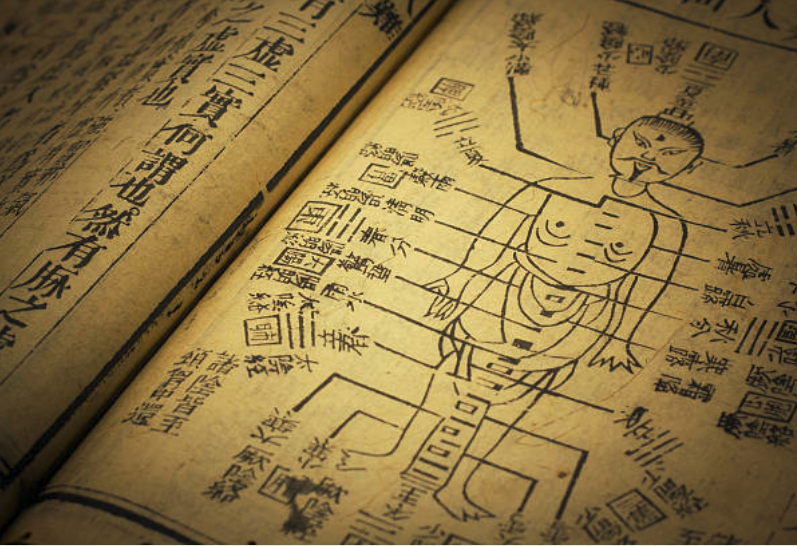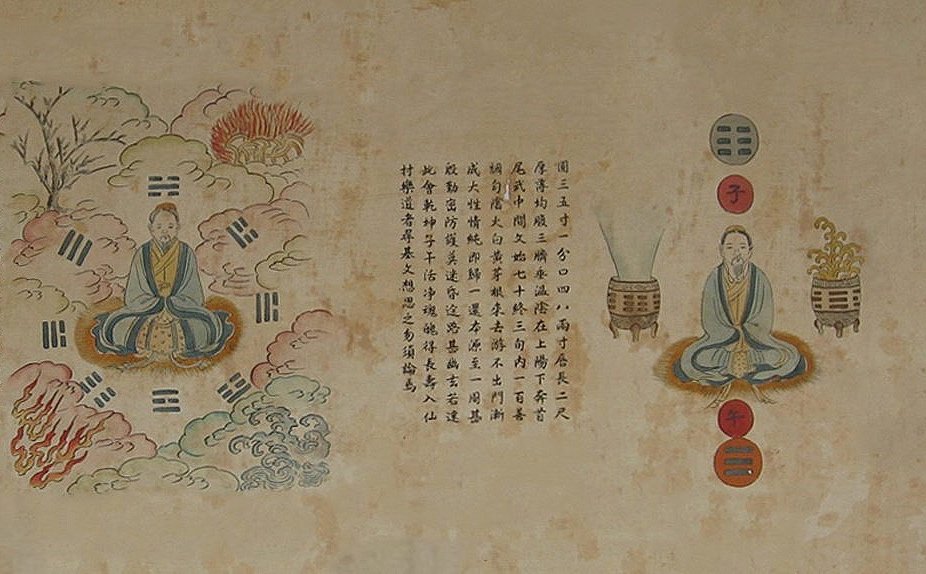
Treatments
In Chinese medicine, we believe that no vital phenomenon can be analysed independantly from its organic and universal context. The structures and functions of the human being constitute an indivisible and interactive whole, itself being an element of the universe from which it cannot be dissociated. This is what the theory of Yin and Yang teaches us.

Acupuncture
Traditional Chinese Medicine*, of which acupuncture is a part, is a powerful and effective system of ancient medicine with over 2,000 years of history. It is a way of understanding the holistic functioning of the human being, its physical, emotional and psychological aspects interacting constantly to produce human functions.
The balance, or imbalance, that results from these fundamental interactions within this overall coherence manifests itself in the person's general health, vitality and quality of functioning.
We use treatment methods to restore overall balance. An acupuncture session, combined with exercises and other recommendations, will restore the individual's homeostasis. In this way, the body can heal itself of its pathologies, whether of internal or external origin, and remain in good health.

Taoist medicine
Taoist medicine*, the ancestor of Traditional Chinese Medicine, is based on the profound relationship between Man, Heaven and Earth.
We use the Extraordinary Vessels, which are specific meridians where the Yuan Qi - the universal energy - circulates. The practitioner of Taoist Medicine realigns the patient to make them open and receptive to the perfect and continual exchange of energy linking Heaven and Earth.
This approach offers the possibility of returning to a state of balance, a state of neutrality that precedes the appearance of physical, energetic or spiritual disorders.
The effectiveness of Taoist medicine depends on the therapist's level of practice, and it allows us to go deeper into pathologies that cannot be treated effectively by other methods.
Past unresolved traumas, unconscious defence mechanisms and other afflictions can recur with incomprehensible manifestations, requiring a more refined approach.

Tui Na, the art of massage
Tui Na, literally "Push and Grasp", refers to the massage techniques used in Traditional Chinese Medicine.
These natural methods, like all the practices of our School, must be worked on following a rigorous training in order to be freed from our tensions and prove effective in the context of treatment. Spontaneous movements, without any particular technique or method, are not Tui Na. To heal the body or treat an imbalance through massage, it is essential to choose the appropriate techniques, and to have trained them sufficiently to produce the best effects.
The strength of Tui Na lies in its ability to treat a wide range of pathologies affecting the physical structure, organ health and emotional balance: muscular and tendon tensions, visceral dysfunctions, circulatory disorders and emotional stress.
Each technique can be practised, according to the Yin and Yang principles of Taoist metaphysics, with force or gentleness, to invigorate the correct energy or disperse pathogenic energy. It is traditionally said that the perfect massage combines techniques correctly chosen according to the therapist's diagnosis, applied in harmony with the patient's body, and applied with just the right amount of force.
*Traditional Chinese medicine is not to be confused with Western allopathic medicine. It is not a substitute for medical or paramedical treatment, nor does it replace a diagnosis by your doctor or paramedical professional, who alone can prescribe necessary medical treatments. It is, however, compatible and complementary, helping patients to regain their well-being through a balanced body and mind.



